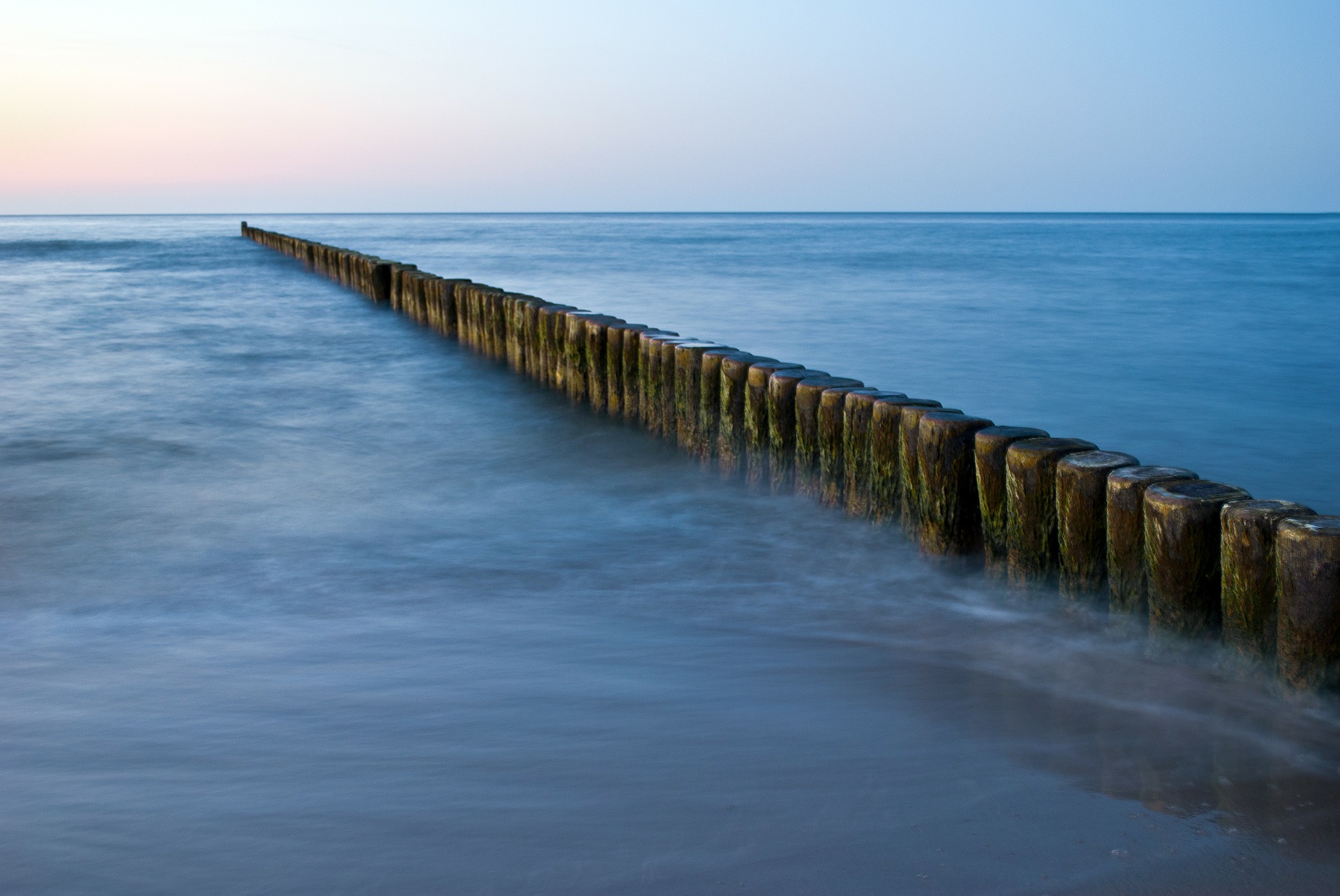By Taylor Schaefer, Publishing Project Leader for Save The Water™ | July 23, 2016
Irresponsible disposal of toxic chemicals
In the aftermath of World War II, Britain and the Soviet Union dumped 65,000 tons of Nazi chemical weapons into the Baltic Sea after the Potsdam Conference in 1945. Many of the hazardous known and unknown chemicals contained in the weapons have been leaking into the sea as shells and containers slowly corrode.2
In the past decade, the countries surrounding the Baltic Sea have witnessed the consequences of this irresponsible disposal of toxic chemicals. Overall, 16 areas at the German Baltic coast are polluted by ammunition, according to the maritime shipping charts.2 In 2013, Poland’s Military University of Technology found mustard gas on the seabed just off the Polish coast.2
Of the harmful chemicals found at these spill sites, 146 individual substances have been identified as concerning chemical warfare agents.3 Some of the most noteworthy—trinitrotoluene (TNT), hydrocyanic acid, clark I & II, and mustard gas—have been considered the most dangerous aquatic pollutants. TNT is a chemical compound that is one of the most prevalent due to its extensive use during World War I and World War II and is linked to various health and environmental concerns. TNT has been of most concern for microorganisms and aquatic plants, but is also linked to cancer and liver, blood, immune system, and reproductive damage.5 However, there is little known about the long-term effects of many of these chemicals on marine organisms as well as humans.
Environmental Impact
Researchers have been examining data on these chemicals in the Baltic Sea from the years 2000 to 2012.1 Due to the fact that examining these chemicals is expensive and time consuming, most of the chemicals being prioritized are ones that are already known to be a risk to the environment and human health. Unfortunately, this causes many of the other potentially harmful chemicals or contaminants of emerging concern (CECs) to be overlooked.
Of the many potential health impacts that CECs may have on humans and ecosystems, endocrine disruption is of the most concern. Although scientists have observed negative health effects at very low concentrations (parts per trillion) of some CECs in fish and aquatic species, these effects have not been observed in humans.6
Many CECs are also persistent organic pollutants, meaning they do not biodegrade easily in the environment; therefore, they can persist and accumulate in the environment and aquatic species, potentially causing adverse effects. Some compounds that undergo degradation or transformation sometimes form other chemicals that are more toxic than the original.4
The impact that these toxic chemicals will have on humans and the environment must be monitored to be able to predict potential threats before the concentration of these chemicals becomes unmanageable. There are many unanswered questions that require research and development of methods to identify and correlate exposure to CECs to health effects and toxicity. Research on water treatment methods to reduce CECs before they enter the environment is also required. Continued, expedited research done by Save The Water™ will provide early warnings of potential threats and a better understanding of harmful exposure.
References
- Anna Sobek, Sofia Bejgarn, Christina Rudén, and Magnes Breitholtz. March 15, 2016. “The dilemma in prioritizing
chemicals for environmental analysis: known versus unknown hazards.” Environmental Science. https://www.ncbi.nlm.nih.gov/pubmed/27222376 - M.D. Warsaw. November 21, 2013. “The ticking time-bomb at the bottom of the Baltic Sea.” The
Economist. http://www.economist.com/blogs/easternapproaches/2013/11/baltic-sea - M. Koch and S. Nehring. 200). “Rüstungsaltlasten in den deutschen küstengewässern -vorschläge für sanierungsstrategien im kontext der europäischen wasserrahmenrichtlinie.” Rostocker Meeresbiologische Beiträge, 17, 39-54.
- Rainer Hass and Alfred Krippendorf. 1997. “Determination of chemical warfare agents in soil and material sample: Gas chromatographic analysis of phenylarsenic compounds (sternutators).” Environmental Science and Pollution Research. https://link.springer.com/article/10.1007/BF02986314
- United States Environmental Protection Agency. January 2014. “Technical fact sheet –
2,4,6-Trinitrotoluene (TNT).” http://bit.ly/2u6igyY - United States Geological Survey (USGS). 2016. Contaminants of emerging concern in the
environment. http://toxics.usgs.gov/investigations/cec/index.php





